Off the Beaten Mainland: Japan's Island Treasures
Top island escapes to inspire you, plus powerful hacks for eating on a budget
Hello Insiders!
In this month’s edition:
Island wonders you won’t want to miss
Help me help you
My killer tips for saving money on food
Latest videos round-up
Island Magic: 3 of the very best off-mainland escapes
At first glance at a map, you might think that Japan only has four islands - Honshu, Hokkaido, Shikoku, and Kyushu. But if you were to count all the islands that make up the archipelago, you’d get to the staggering total of 14,125! I’ve always found that getting off the mainland and exploring the smaller islands is one of the easiest ways of having a properly unique Japan adventure. You’ll experience a slower way of life, there are far more locally-owned shops and eateries, you can often try foods you just can’t get on the mainland, and island-dwellers are the friendliest Japanese you’ll meet.
But with so many islands to choose from, how do you know where to visit? Well, this month I’ve picked 3 of the very best and ranked them according to ease of access.
Naoshima (beginner island hopper)
Down in the middle of the Seto Inland Sea between Okayama and Takamatsu, Naoshima is an art lover’s paradise. Home to several art museums and installations, the island also takes part in the Setouchi Triennale art festival (next held in 2025). Naoshima is particularly famous for the huge spotty pumpkin sculptures by Yayoi Kusama.
Pumpkins aside, I think it’s worth making the trip to the island for either of my two personal favourites. First is the Minamidera Art House Project. It’s more enigmatic experience than art, and (no spoilers!) immensely enjoyable. Second is the Claude Monet room at the Chichu Museum. The architecture of this room was purposely designed to showcase five paintings from the Water Lillies - and it always leaves me lost for words.
You can easily get around Naoshima by shuttle bus, rental bicycle, or on foot. It’s possible to cover it as a day trip from Tokyo if you take the first shinkansen of the day. For a more relaxing visit, consider staying in either Takamatsu or Okayama and catching an early ferry over, although for ultimate experience, I’d stay at Francoile on the island.
Recommended places to stay
Rebun and Rishiri (intermediate island hopper)
Almost (but not quite) at the most northerly point of Japan, a trip to Rebun and Rishiri makes for a refreshing getaway - quite literally. With average high temperatures of 21°C/71°F in the middle of August, you won’t be sweating out twice your bodyweight every hour. Which is good, because this means you’ll be able to fully appreciate the showstopping scenery here.
On Rishiri, either hike up the dormant volcano that dominates the island, or admire it from a distance by touring the coastline by bicycle. Both activities guarantee stunning views, and for an encore, join a stargazing tour at night to take advantage of the unsullied skies here.
Over on Rebun, you’ll be bowled over by the wall-to-wall, best of Japan scenery. The rolling hills, the luscious greenery, and the dramatic, sweeping, rocky bays and coves will have you wondering if you’re actually in Japan, or you’ve crossed the border somewhere. Rebun is famed for alpine flowers, and you can find around 300 varieties blooming all across the island between May and August.
Access to this island pair is slightly more involved. The easiest method is to fly in from Sapporo Okadama Airport (close to Sapporo city; not the large New Chitose Airport). Alternatively, hunker down for an epic 5 hour train journey to Wakkanai, where you need to transfer to the ferry across (taking at least 1 hour 40 minutes.
Recommended places to stay
Iriomote (advanced island hopper)
Just as Rebun and Rishiri are closer to Russia than Tokyo, Iriomote is another remote destination, closer to Taiwan than the southern Japanese island of Kyushu. Why would anyone want to come here? Well, this Japan doesn’t look like Japan at all!
Iriomote is a paradise for outdoor explorers, with most of the island covered by impenetrable jungle, and circled by extensive mangrove forests. You might think you’re somewhere in South-East Asia, but no, this is still Japan! Make the most of your trip with a kayak tour through the mangroves, or a few hours hiking through the jungle, and you’ll come away with memories slightly more unique than competing with crowds back at the beaten path. Fishing, snorkelling and sailing are other popular activities here, and less active visitors may want to just take a river cruise, or perhaps chill out on any of the islands spectacular beaches.
You can reach Iriomote by ferry in around 40 minutes from nearby Ishigaki Island. Ishigaki makes a good base for touring this southern part of Okinawa, and has excellent air connections with Tokyo, Osaka, and Naha.
Recommended place to stay
Help Me Help You!
Do you have questions? Me too!
I’d like to know more about you and your trip planning needs so I can give you the most useful content.
So I’ve got a short survey for you. Hit that button below.
At the end of the survey you can ask me any question about trip planning and travel in Japan.
I’ll answer as many as possible in an upcoming video.
Thanks!
Delicious Discounts - 8 simple tips for saving money on food
Although Japan seems to be currently running a fire sale on the yen, this doesn’t mean your trip will necessarily be cheap. Chances are your airfare will cost a pretty penny, you might need to renew your passport, and those essential bits of travel gear might not be that cheap either.
Meals and snacks can really add to the cost of any trip, but in Japan there are plenty of easy savings to be had in this area. So whether you’re on a tight budget, or you just want to max out how much you spend on souvenirs, these tips are for you.
Avoid eating at restaurants in station buildings
These tend to be 10-30% more expensive, so you’re paying extra to eat in a convenient location. Instead, head a few blocks away from the station to find cheaper eats.
Lunch is cheaper than dinner
Many eateries have “lunch set” options, which may also include a drink and dessert. These are often incredibly good value, much, much better than what you can expect at dinnertime. If you’re planning ahead, check the photos on Google Maps as there are usually snaps of the lunchtime menu.
Get it to go
Consumption Tax is 10% if you eat in the restaurant, but get your food to go and you only pay 8%! Picnic and profit!
Head to the mall
Shopping centres commonly have food courts with a selection of eateries, and prices tend to be slightly cheaper than standalone restaurants. Search for “Aeon”, one of the big chains.
Buy drinks and snacks at drugstores
Vending machines and convenience stores are everywhere, but you can easily save at least 30-50 yen on drinks if you visit a drugstore. If you’re buying a few bottles every day, that can add up to 1000s of yen pretty quickly. And for reasons that escape me, snacks are used as a loss leader at drugstores. Your gain I say. Just search Google Maps for “drugstore”, or alternatively, visit Don Quixote, which is similarly cheap.
Super-savings at supermarkets
In the early evenings, those in the know head to the supermarket for discounted lunchboxes (obento) and other pre-cooked items. Commonly marked with yellow stickers, it’s not hard to save 30-50% on full price with these meals. Bargain hunting can be competitive, so check the closing time on Google Maps and try to head in 3-4 hours before they shut to scope out the best deals. Most hotels and guesthouses have microwaves for you to use, but supermarkets often have one for customer use, and they may even have an eat-in area too.
Bakery lucky bags
If you're looking for something simple to eat at the end of the day, and onigiri or a bento won't quite cut it, a bakery lucky bag might work for you. Towards closing time, bakeries bag up selections of breads and baked goods and sell them for a large discount. The lucky bags go for around 500 yen, but the fun part is choosing which bag has the best selection, because you can see inside.
Ticket machine eateries
Sukiya, Matsuya, Nakau, and Yoshinoya (amongst others) are chain restaurants that specialise in a couple of kinds of dishes, like gyudon or donburi. They’re comparatively inexpensive, and stupidly fast in my experience. They commonly have a ticket machine (often with touchscreen) where you pick your meal and pay, so you just have to hand your ticket to staff and wait for your food to arrive. These restaurants are great if you’re in a hurry or just want an unfussy mealtime, and dishes are priced around 30-40% of what you can expect at standard restaurants. Find these eateries almost everywhere in Japan.
You might have missed…
Advice about when to travel to Japan is usually based on sweeping generalisations, half-baked thinking, and the idea that people only visit the same places. Find out how to unlock more travel opportunities with this mythbusting video.
Smart EX is often praised by travellers as being the easiest way to buy Shinkansen tickets going south of Tokyo. But Smart EX can often turn out to be more expensive than existing options. Find out how to save some serious cash on bullet train trips in this video.
Trip Essentials
Everything you need in one place - get ready and support my work at the same time!
Basics: eSIM / Sim Card / Pocket Wifi / VPN / Travel Insurance
Youtube: Get ready for Japan playlist
Transport: JR Pass / Regional Passes / Shinkansen Tickets / Car rental
That’s all for this month! See ya!
Andrew
*There are some affiliate links in this email: I will earn a small commission if you buy something, and it costs you nothing. Cheers!

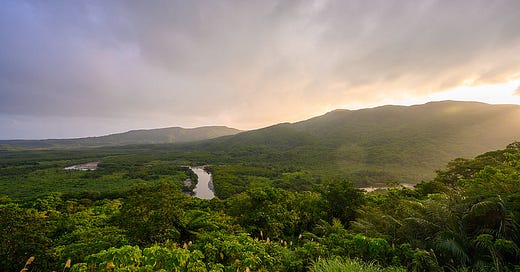



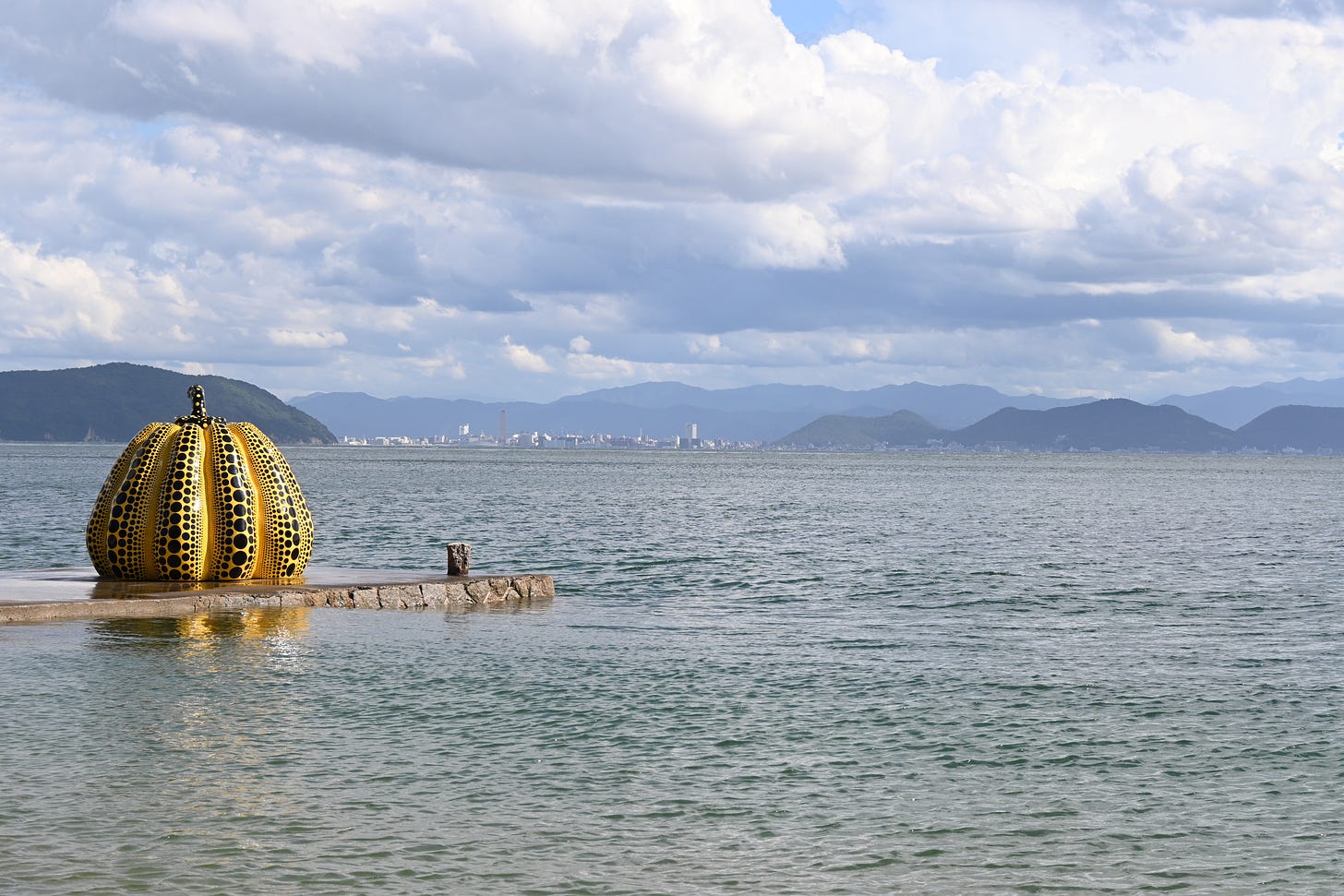
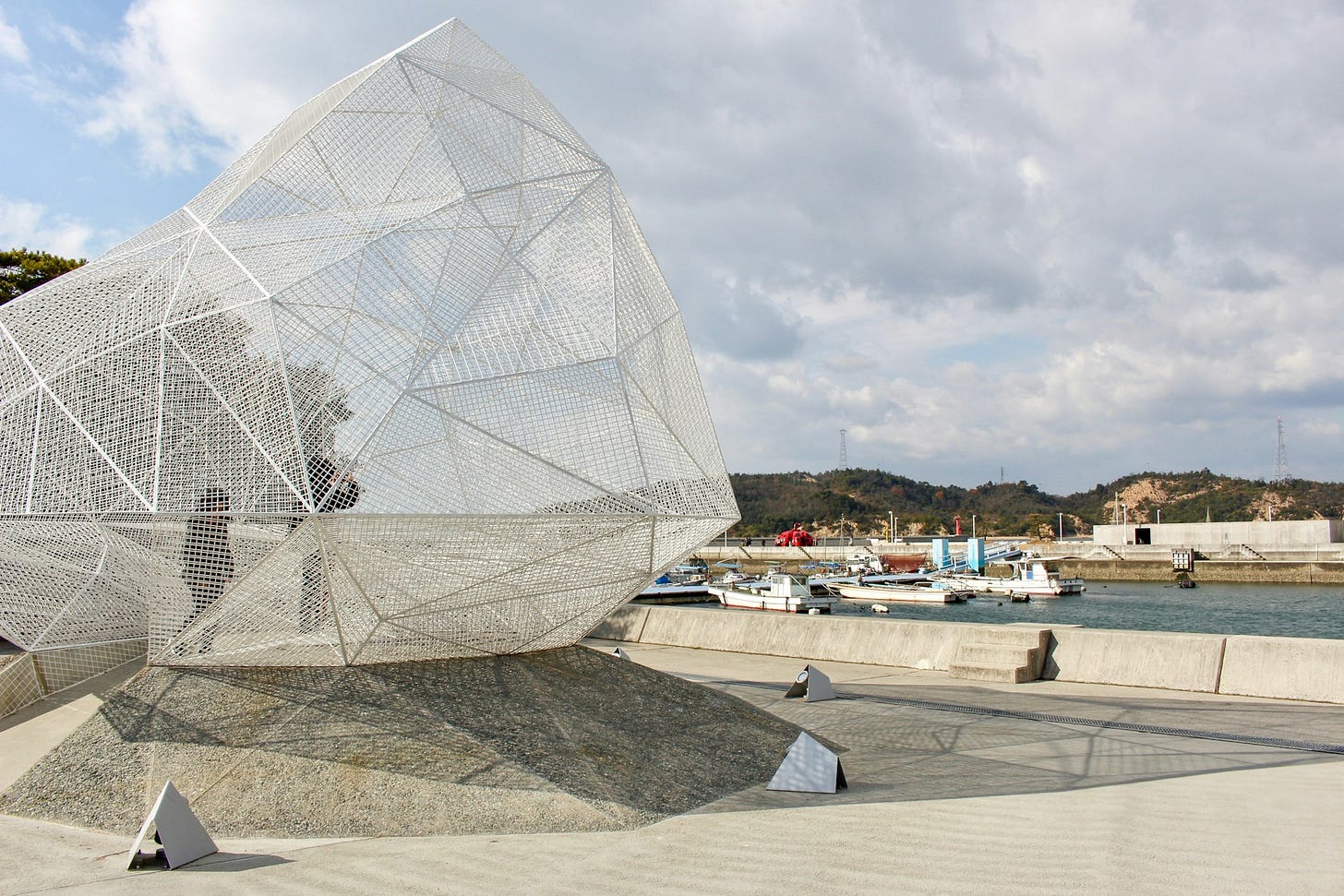
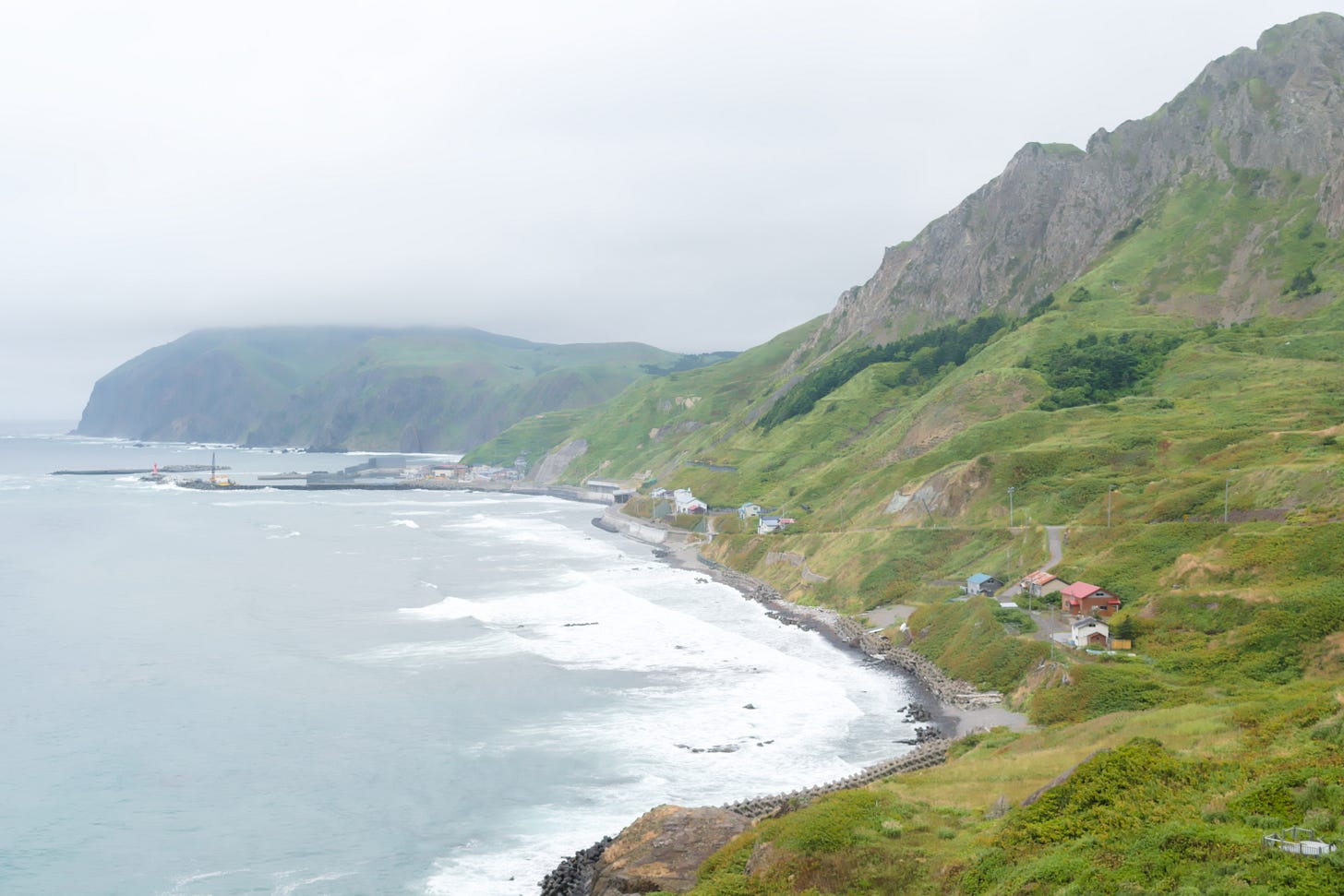
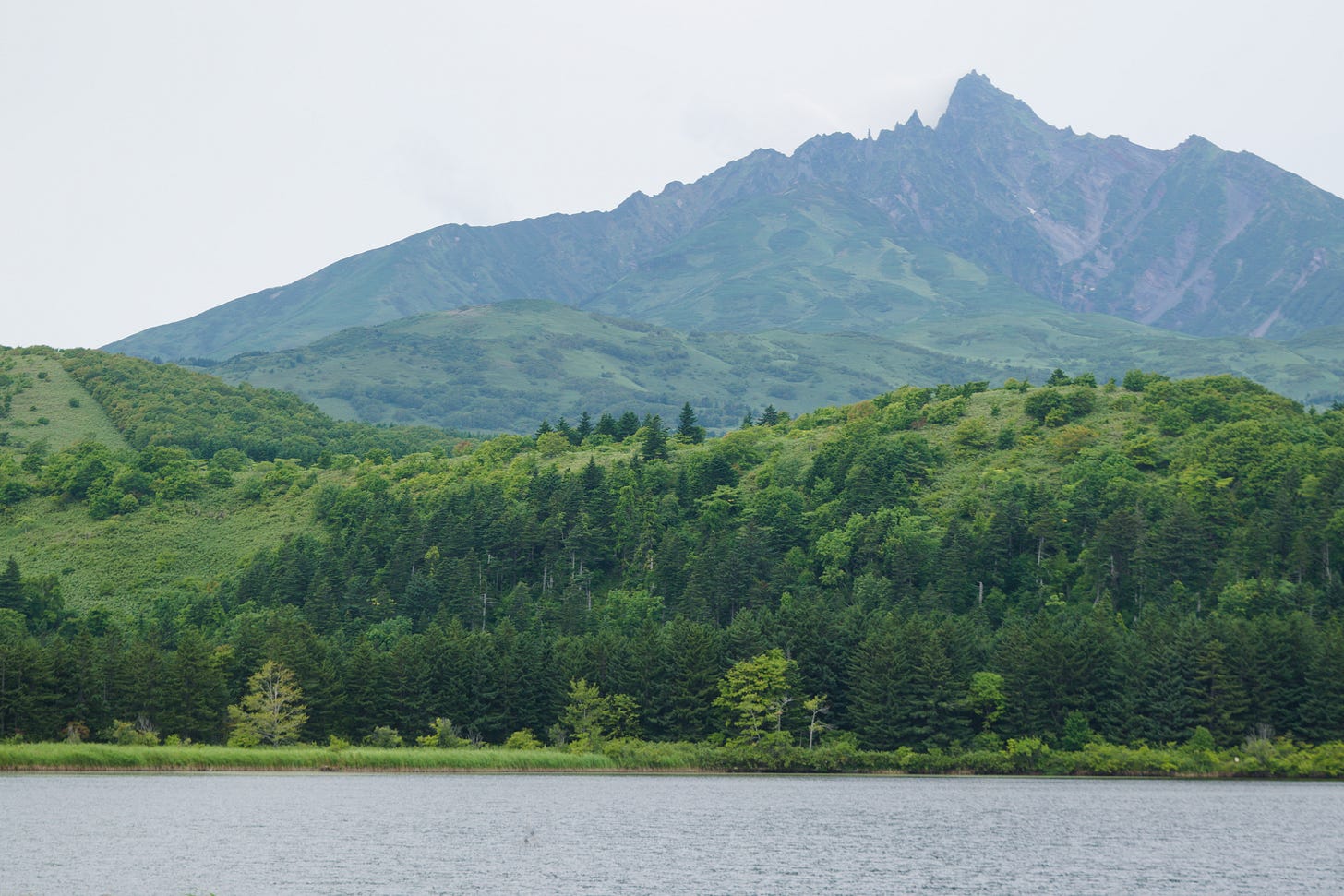
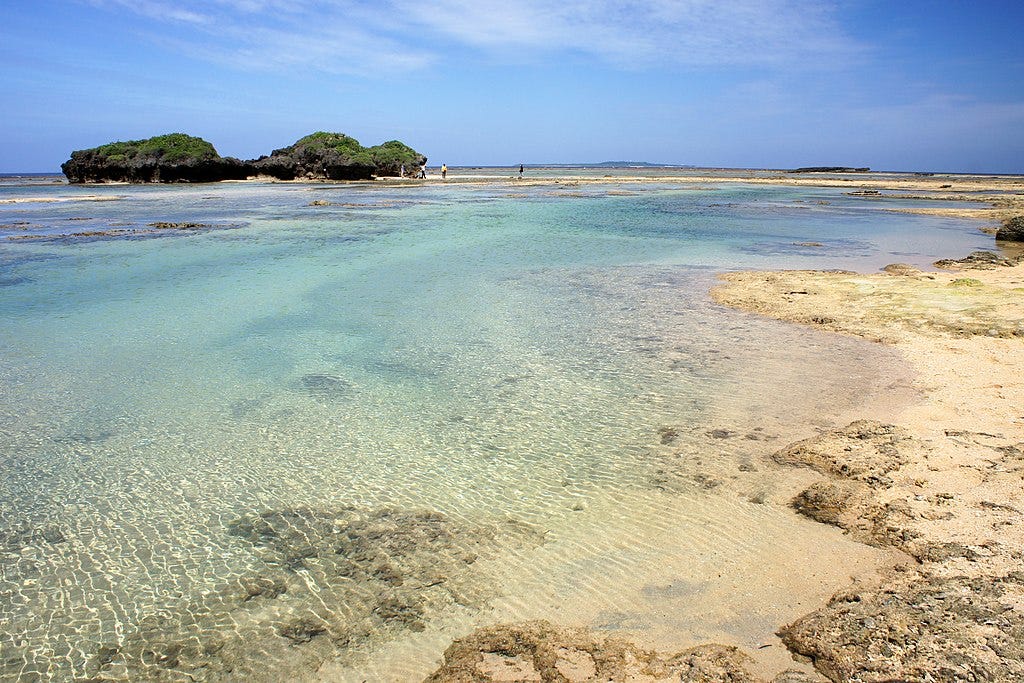
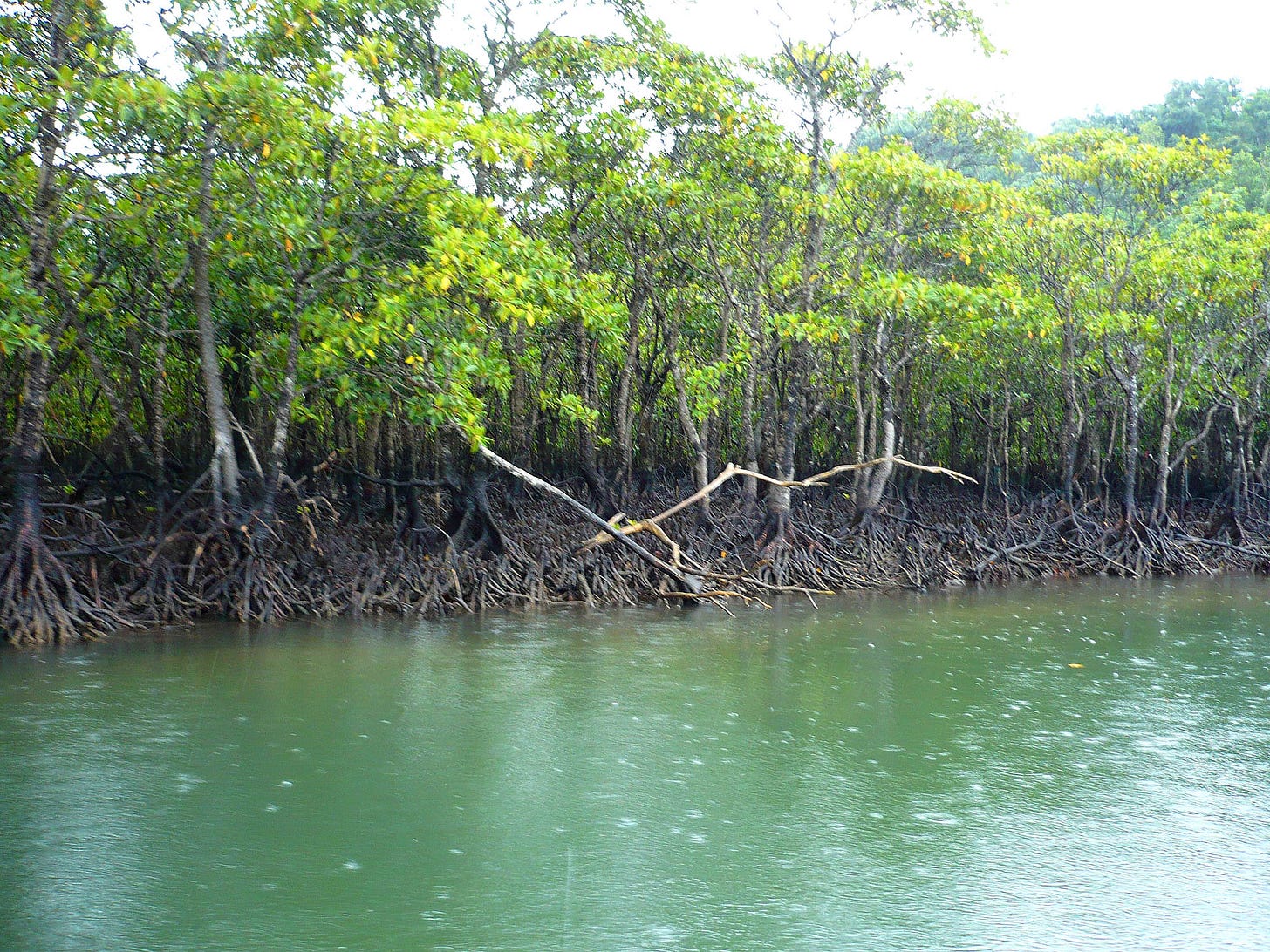
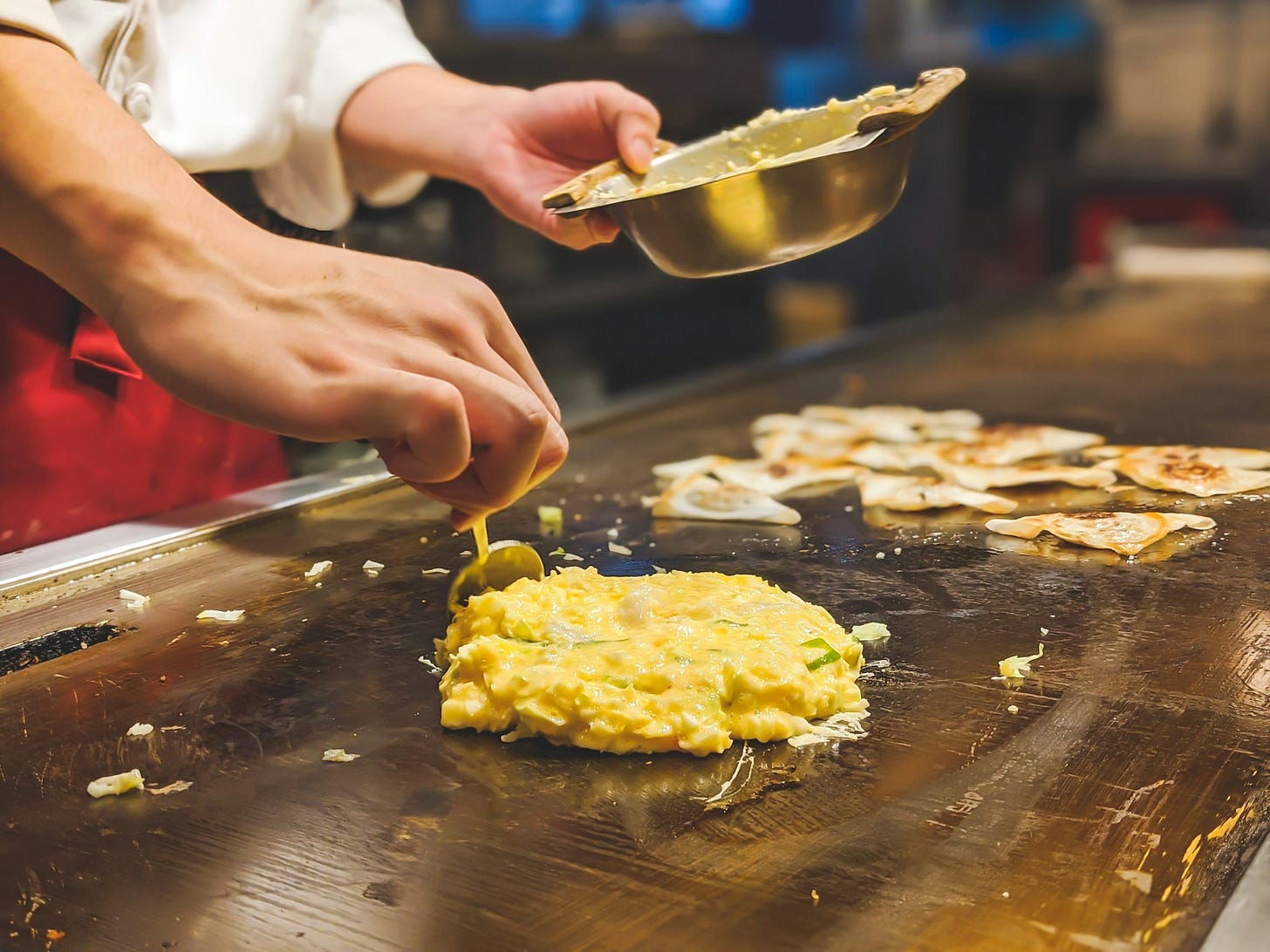
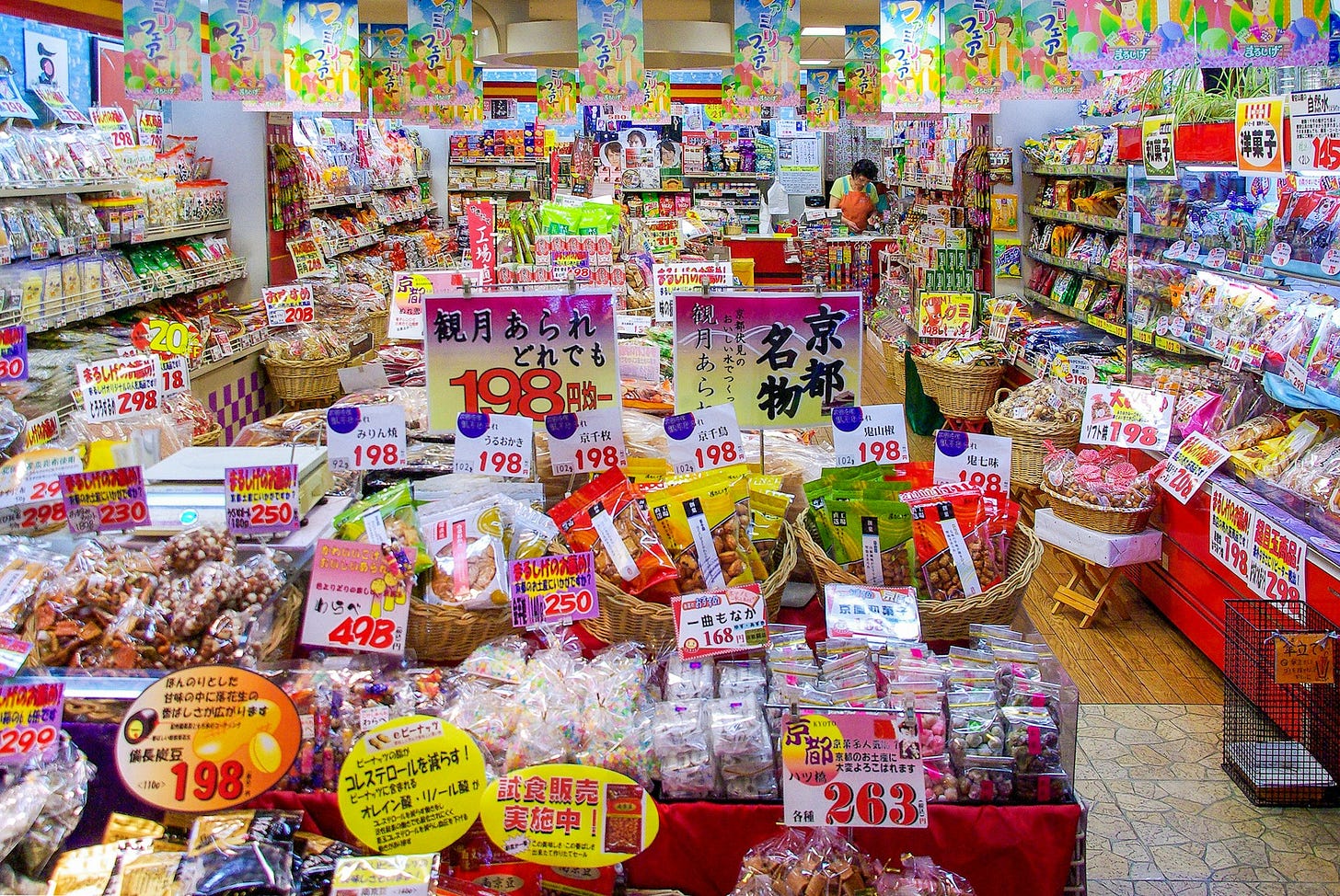
Thank you 👍
Nice account. I wonder which one of Rebun or Rishiri are more hiking walking friendly as I don’t use other transport than my feet.